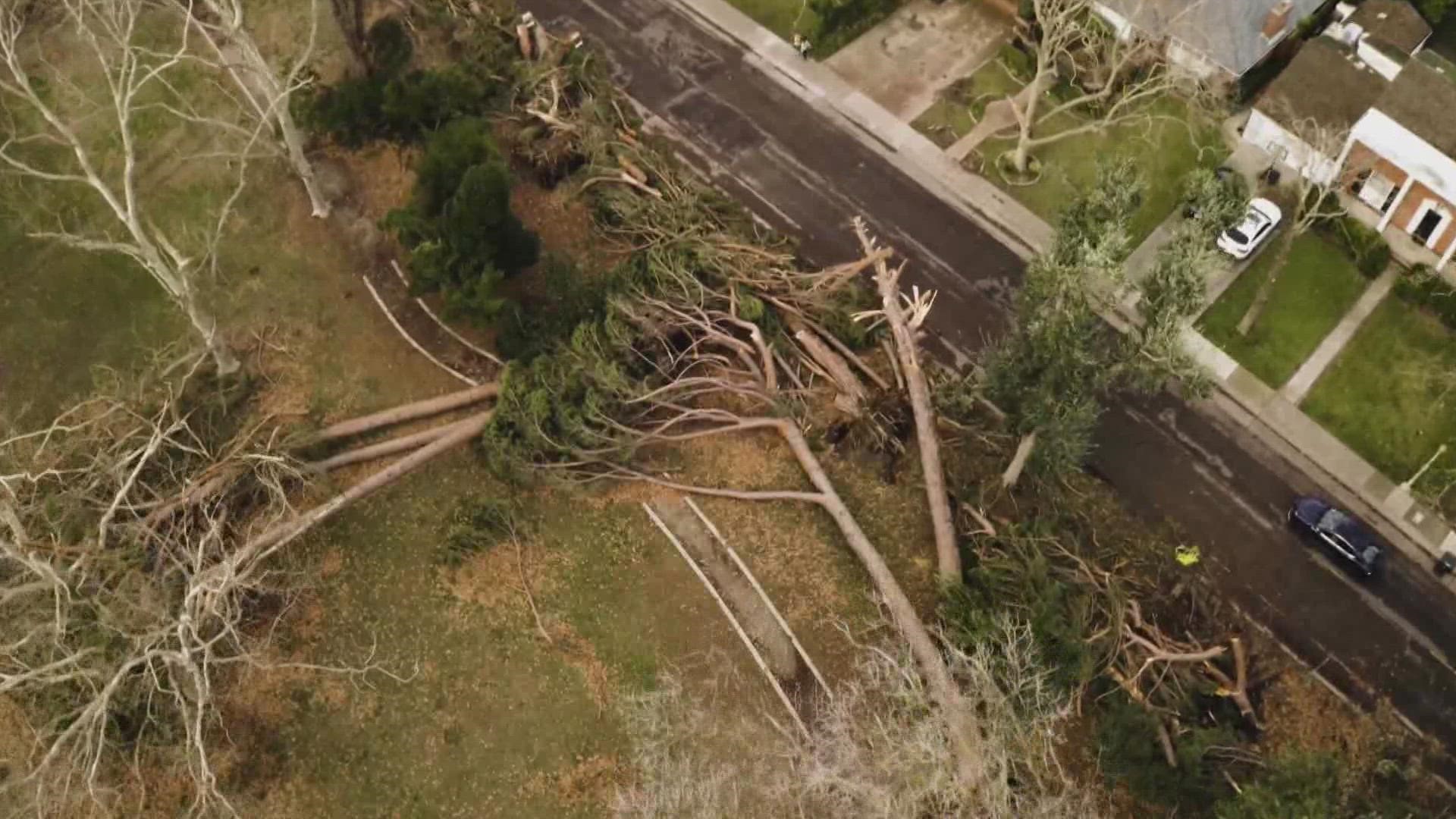CITRUS HEIGHTS, Calif. — Citrus Heights is applying to continue its designation for a fifth consecutive year as a Tree City with the Arbor Day Foundation. With this designation comes massive benefits to residents and the trees within the city, according to officials.
The Arbor Day Foundation is a nonprofit that has been around for 50 years with the goal to plant more trees and restore urban forestry for healthier, more beautiful cities, according to their website. They are the creators of the Tree City USA program which incentivizes cities caring for their trees to receive benefits.
Citrus Heights had the goal to become a tree city back in 2011, according to Meghan Huber, Citrus Heights’ director of economic development and community engagement. Citrus Heights isn’t the only tree city in the area, though. Sacramento has been a tree city for 45 years — the longest in the state.
Huber says the city strived for this designation because a healthy urban forest can absorb traffic sounds, reduce heat in neighborhoods, reduce energy costs and more.
“The designation publicly demonstrates the city’s commitment to its urban forest and the important role the tree canopy plays in reducing greenhouse gases and capturing and storing carbon,” said Huber. “[Trees also] increase a home’s property values, provide greenspace and can play an important role in mental and physical health.”
Trees can also protect cities from additional devastation caused by severe weather like Northern California has seen with heavy rainfall and excessive flooding.
While falling and unkempt trees pose risk to property and life, CEO Dan Lambe says trees are the “first line of defense” in these kinds of weather events. He says trees soak up water into their soil and roots, purify polluted air and block severe weather.
“[Trees] help to slow the strong winds, buffer communities, buffer homes, buffer neighborhoods from the strong wind events. They also intercept heavy rain waters to reduce and slow runoff and flooding,” said Lambe.
There are additional benefits to being a tree city year after year, especially after disasters.
“Cal Fire utilizes the information and networks developed through the Tree City USA program to identify communities that are in need of state and federal support and investment in urban and community forestry,” said Leighton Eusebio, spokesperson for the Arbor Day Foundation.
So what’s needed to become and stay a tree city with the Arbor Day Foundation? There are four requirements cities must follow before applying for the designation:
- Observance of an annual Arbor Day (April 28)
- Expenditures of at least $2.00 per capita on tree-related programs
- A Street Tree Ordinance
- A Tree Department (or someone designated to care for trees in the city)
The tree department is a highlighting factor, encouraging cities to have designated persons to care for the trees.
“Our cities are being constantly paved over. Development often rules the roost when looking at what a city becomes,” said Alana Tucker, Program Manager for the Tree City program at the Arbor Day Foundation. “When you have someone to speak for the trees, whether it be a resident, city forester, a mayor. Each of those people is going to actually be critical in shaping the vision of a resilient city.”
So who ‘speaks’ for Citrus Heights’ trees? Huber says it’s a combined effort between the city and its Sunrise Recreation and Park District.
“They also have a large tree inventory and are a key partner in providing the city’s tree canopy,” she said, adding that residents should be encouraged to “Plant a tree!”
Want to find out if your city is a tree city? Click HERE for the nation and statewide map.

















